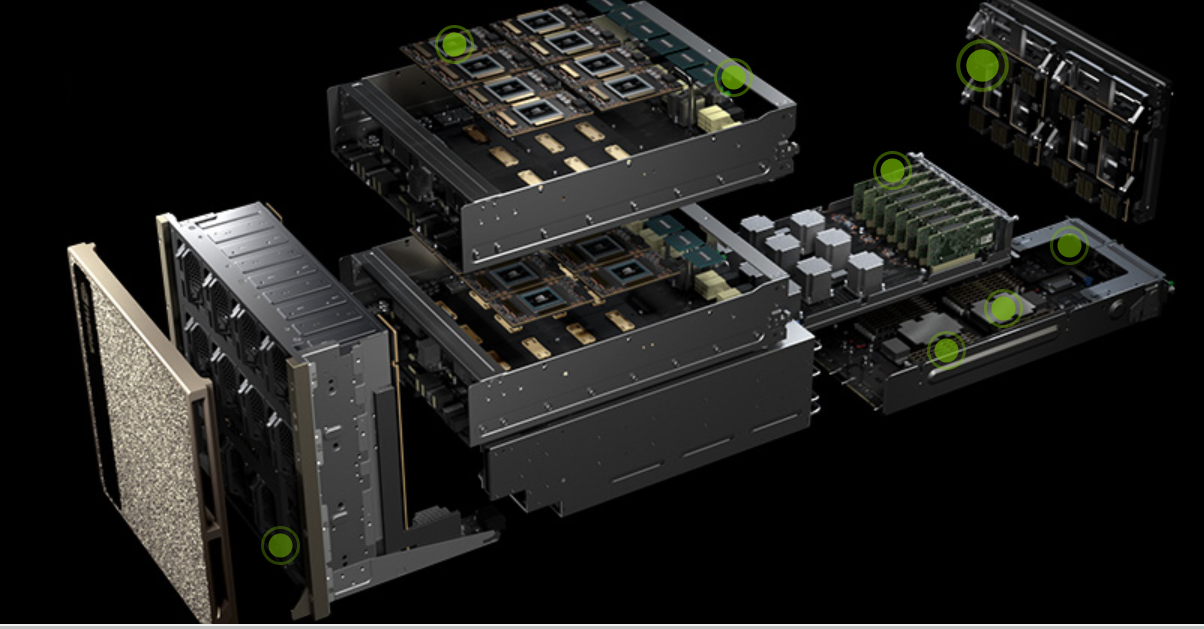NVIDIA unveils next-gen medical imaging tech

Technology firm NVIDIA has unveiled its latest development in supercomputing, which will expand the way artificial intelligence (AI) is used in healthcare and medical imaging.
The company’s Clara platform combines hardware and software in AI applications that can be used for the early detection, diagnosis and treatment of diseases.
Clara allows the medical AI industry to “build and deploy breakthrough algorithms to create intelligent instruments and automate healthcare workflows.”
Unlike traditional computing, NVIDIA uses GPU (graphics processing unit) computing as opposed to that run via a CPU (central processing unit). GPUs allow vast amounts of information to be processed repeatedly, swiftly and efficiently.
One major advantage of this latest development is that the Clara platform will allow immense amounts of medical data to be generated each second, which will be valuable to those making diagnoses and who are working in pharma R&D.
Such rapid advances in AI are already helping start-ups in the field to make leaps when it comes to what they can achieve – and how quickly.
For instance, Subtle Medical uses AI to reduce the costs associated with imaging, by cutting down the time needed – as well as the amount of time patients spend inside PET and MRI scanners.
Through deep learning, Subtle Medical’s researchers have improved image quality, which means scans are faster and more accurate. MRI applications acquire images in one-quarter of the usual time and use only one-tenth of the contrast dosage, gadolinium, a potentially harmful metal, which is deposited in the body during MRI contrast scans. Research into the effects of gadolinium is ongoing.
Enhao Gong, founder of Subtle Medical, said, “We are using AI to improve workflow for MRI and PET exams. NVIDIA’s Clara platform will enable us to seamlessly scale our technology to reduce risks from contrast and radiation, taking imaging efficiency and safety to the next level.”
Fujifilm is also using NVIDIA’s DGX-2 supercomputer to speed up its AI-based R&D healthcare projects. The company works in pharma, biologic contract development and manufacturing organisation (CDMOs), regenerative medicine and medical equipment, including imaging.
Masataka Osaki, Japan country manager and vice president of worldwide field operations at NVIDIA, said, “Improving the accuracy and delivery of medical care is one of society’s greatest challenges.
“Combining Fujifilm’s expertise in medical imaging systems with NVIDIA’s AI leadership will supercharge the development and deployment of breakthrough applications for intelligent medical imaging systems.”













